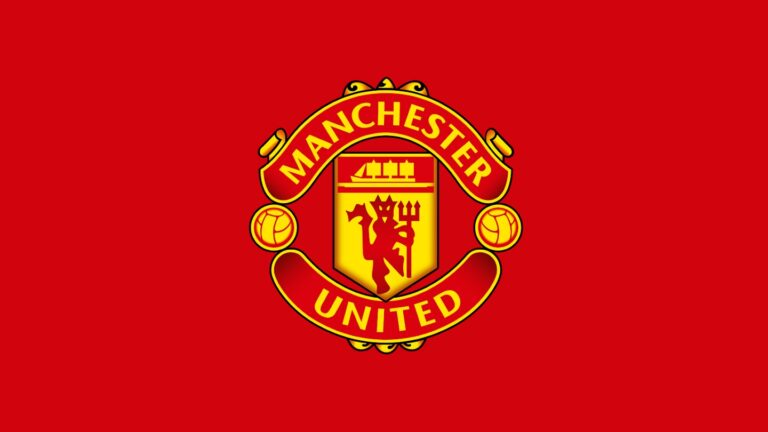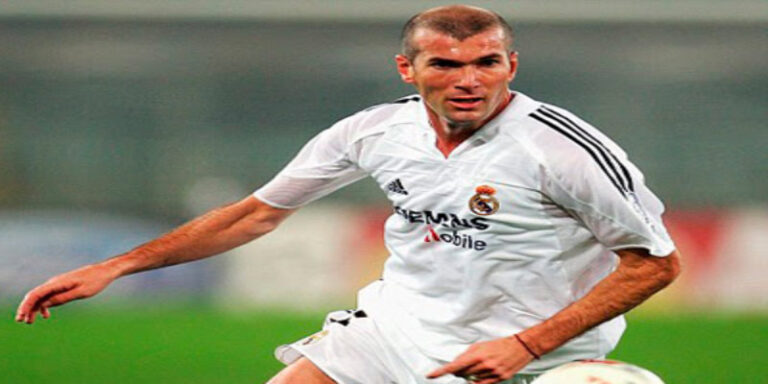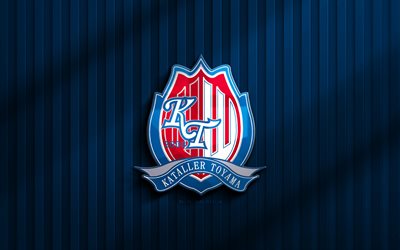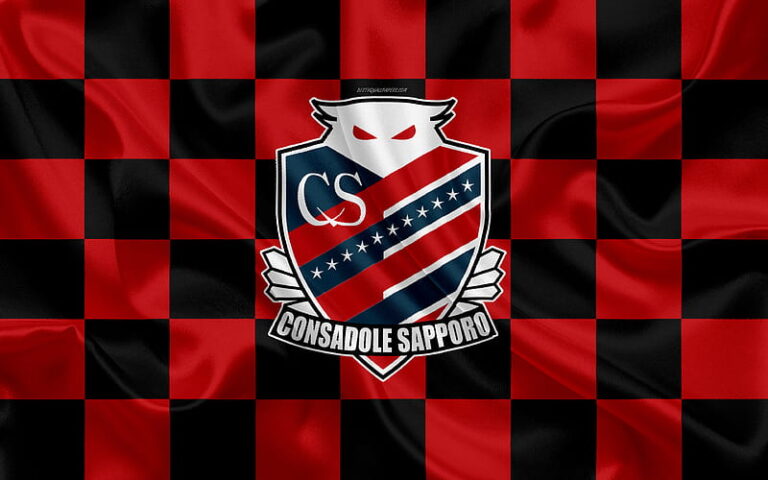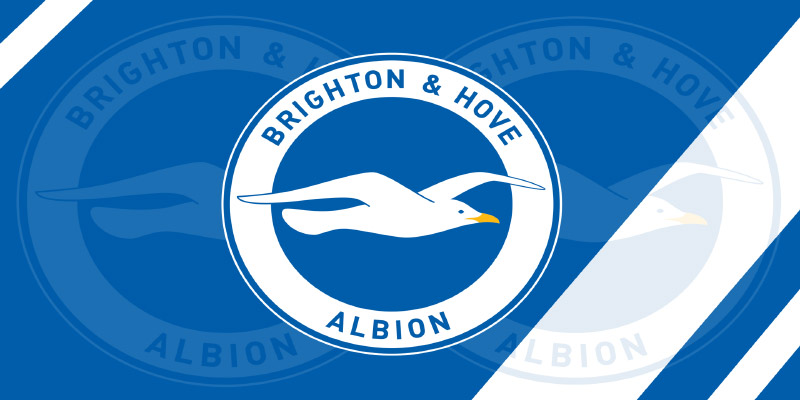
Brighton & Hove Albion FC: A Comprehensive Club History
Brighton & Hove Albion FC, affectionately known as the Seagulls, is a football club that embodies the spirit and resilience of its coastal city. Founded in 1901, the club has seen a tumultuous journey through highs and lows, rivalries, and a passionate fanbase that never wavers. This comprehensive history aims to delve deep into the moments that shaped Brighton & Hove Albion FC into the storied club it is today.
The Origins of Brighton & Hove Albion FC
Before we dive into the intricate details of Brighton & Hove Albion FC’s formation, it’s important to understand what led to its creation. The late 19th century was a time when football was rapidly gaining popularity across England. The evolution of local clubs became a sign of community identity, and Brighton was no exception.
Early Football Culture in Brighton
In the late 1800s, Brighton was buzzing with sporting enthusiasm. Various local teams were forming, but none had the vision or ambition that would eventually lead to the establishment of Brighton & Hove Albion FC. Football matches often took place in fields or rudimentary pitches scattered throughout the area, engaging local communities and fostering early rivalries.
The cultural landscape in Brighton during this period was diverse, with a mix of working-class citizens and the burgeoning middle class participating in sporting activities. This created an environment ripe for the establishment of a dedicated football club. Local businessmen and football enthusiasts recognized the need for a team that could represent the town on a larger scale, eventually culminating in the formation of Brighton & Hove Albion in 1901.
Foundation of the Club
Brighton & Hove Albion FC was officially formed on June 24, 1901, following a meeting at the Royal Pavilion. Initially known simply as Brighton United, the club quickly changed its name to Brighton & Hove Albion FC to reflect the merger of two local clubs, Brighton and Hove. This unification was significant as it symbolized a partnership that would resonate throughout the club’s history.
The early years of the club were marked by modest success, playing in regional competitions while gradually building a support base. The club’s first home ground was the Goldstone Ground, which would later become synonymous with its rich history. In these formative years, the passion among the supporters began to blossom, laying the groundwork for decades of unwavering loyalty.
The Rise Through the Ranks
As the new century unfolded, so did the ambitions of Brighton & Hove Albion FC. The club began competing in the Southern League, where it found moderate success. However, it was not until the onset of World War I that the club’s journey faced challenges. Many players enlisted, and the club effectively suspended operations during the war years.
Post-war revitalization saw the club rejoining the Southern League, where it enjoyed a resurgence. Success breeds hope, and Brighton’s aspirations grew. By the 1920s, the club made significant strides, ultimately securing its place in the Football League and marking the beginning of a new chapter in its history.
The Interwar Years and Post-War Resilience
The interwar years represented a period of growing pains for Brighton & Hove Albion FC. While the club achieved its first major successes, it also encountered difficulties that tested its resolve.
Performance Fluctuations in the League
Throughout the 1920s and early 1930s, the Seagulls oscillated between divisions. The club enjoyed brief moments in the Second Division but struggled to maintain consistent performances. The lure of higher competition inspired both players and fans, yet lingering financial instability loomed over the club, threatening its existence.
Supporters showed remarkable tenacity during this time, rallying behind the team even in moments of adversity. The emotional connection between the players and their fans helped foster a sense of unity and resilience, essential qualities that would define the club’s culture in challenging times.
The Impact of World War II
World War II brought about another halt for Brighton & Hove Albion FC, similar to the experience during World War I. The club once again found itself in a state of suspension. However, the war also birthed unexpected collaborations—the club became a focal point for community gatherings, serving as a refuge for locals impacted by the conflict.
When peace returned, so did the footballing ambitions of Brighton & Hove Albion FC. The club resumed play and sought to rebuild its reputation within English football. The post-war era saw fresh talent emerge, setting the stage for a revival that would bring hope to fans after years of uncertainty.
The Rebuilding Era
The late 1940s and 1950s marked a significant turning point for Brighton & Hove Albion FC. The club was on the brink of a rejuvenation, bolstered by strong leadership and a commitment to developing local talent. Managers like Freddie Goodwin played crucial roles in shaping the team’s future, focusing on building a squad capable of competing at higher levels.
It was during this time that the Goldstone Ground became a true fortress for the club. Home games drew large crowds, and the vibrant atmosphere contributed to the sense of belonging among supporters. The dedication of fans who sang their hearts out week in and week out helped forge an unbreakable bond between the club and its community, making every match a testament to collective pride.
